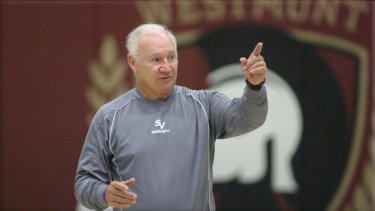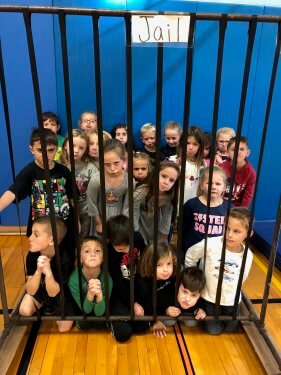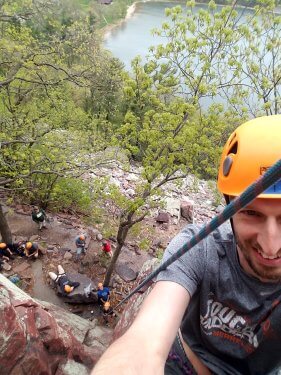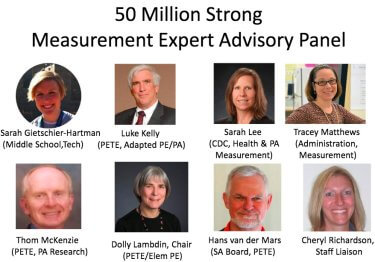Roberta J. Park, or Robbie as she was known by her close friends and colleagues, was a lifelong proponent of physical education. In addition to being a renowned physical educator she was a passionate scholar in the field of sport history with a specialty in the history of health, exercise, and physical education in the 18th and 19th centuries. She edited a number of seminal books and monographs as well as many chapters in books and monographs. She published more than one hundred articles in virtually all of the important journals in the field of physical education and kinesiology.
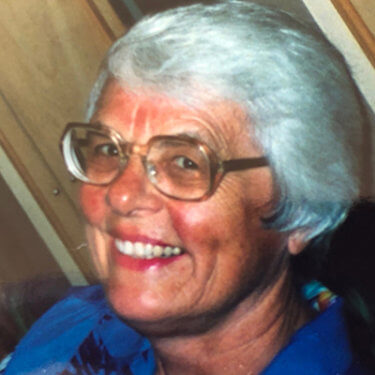
Roberta Park, 07/15/1931 – 12/05/18
Robberta delivered lectures and research presentations in all parts of the world, often as keynote speaker or in an honor address. Her research output is truly outstanding and her extensive work on embodiment, sport, health and physical practices in historical context is widely admired. One of her most important contributions to the field was a substantive review article entitled “A Decade of the Body: Researching and Writing about the History of Health, Fitness, Exercise and Sport, 1983-1993” published in the Journal of Sport History in 1994.
